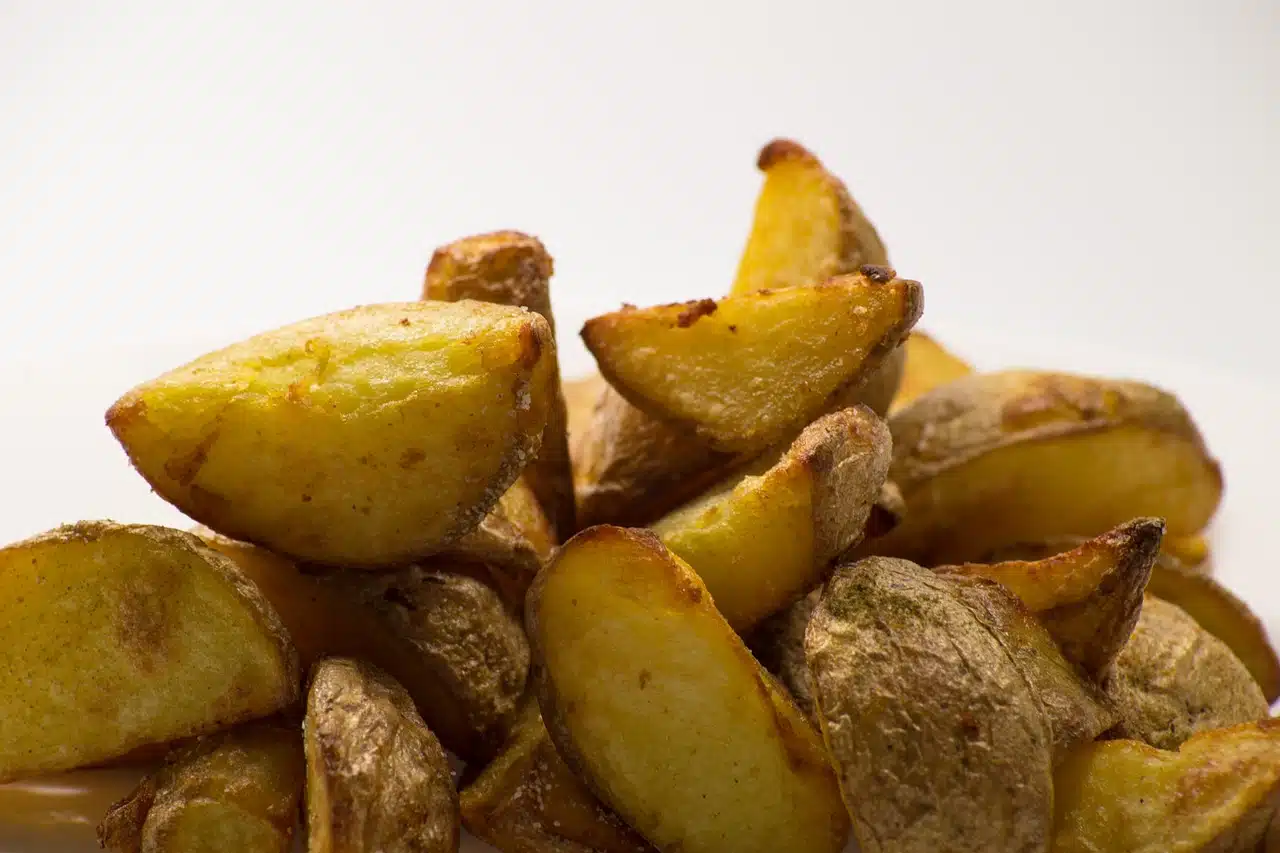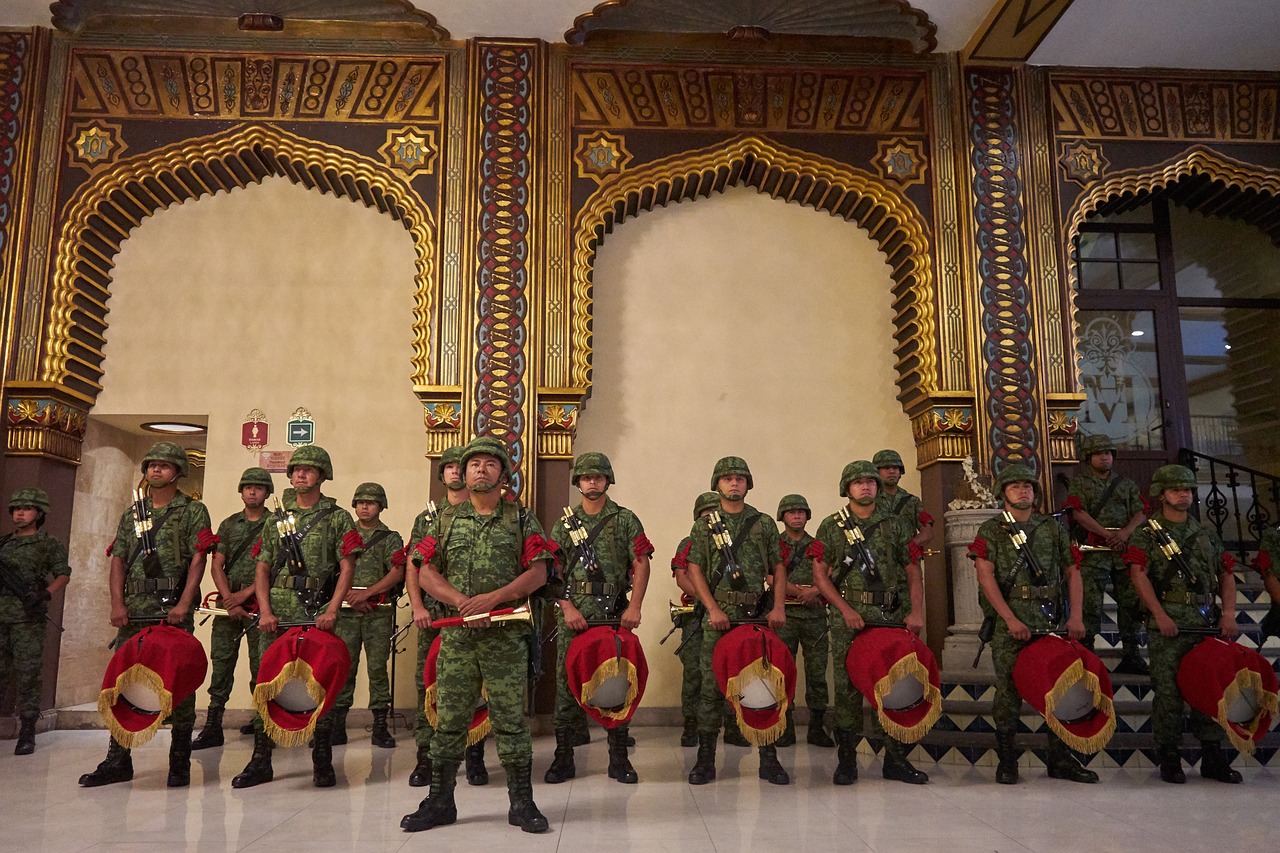
The garnish is the accompaniment to the main dish.
Garrison is a concept with several uses and meanings. Its etymological origin is very interesting since, on the one hand, it is formed with the verb guarnir (synonym of garrison ), which can be defined as hanging or equipping, and the suffix -ción . In turn, garnir comes from the Germanic warjan , which can be translated as "to protect" and is related to the Indo-European root wer-5 , which inherited the verb to cover through Latin.
The term garnish is used to name the addition of legumes, vegetables or other foods that is served with meat or fish .
In this sense, the garnish is an accompaniment to the main dish . Many times the garnish is intended to provide additional flavor or to create a contrast with the main dish, although sometimes it is used for decorative purposes.
Examples of garnish
Potatoes or French fries, rice , pasta , vegetables, and salads are examples of garnishes: "I'm going to order baked meat with a side of vegetables," "To accompany the chicken, I want a side of boiled potatoes," " The dish you have ordered comes without a garnish , "The meat is good, but the garnish is cold."
Since not all people are in favor of consuming products of animal origin (such as meat, eggs and milk), vegans also enjoy the contrast that a garnish can bring to their dishes made with plant ingredients, since there are many hot vegetarian recipes , whose flavors and consistency are considerably different from those of a cold salad.

The idea of garrison can refer to a troop.
a troop
The notion of garrison, on the other hand, refers to the troops that protect a castle, a palace, a warship, a fort, a plaza, etc. In ancient times, this type of troop was called a guard although, over time, it became known as a garrison: "We have a garrison of twenty men to guard the palace" , "The garrison was defeated in less than an hour and "The invaders took the building without major difficulties," "Esteban has been assigned to the garrison of the Plaza Mayor."
In this context, the term garrison used to have a very different meaning before being understood as a group of soldiers, since it was used to designate the set of machines , victuals (all the elements necessary to prepare food, mainly for an army) and supplies (instruments such as weapons and ammunition, in addition to the machines necessary for soldiers to use and to defend the architecture of warships).
In the Code of the Siete Partidas ( a regulatory document written in the 13th century , during the reign of Alfonso previous paragraphs. Given the importance of this legal body, it is possible to say with some certainty that the use we currently give to garrison did not take place, at least, until the beginning of the 14th century . Although other evidence suggests that it would take a couple more centuries before this occurred.
Throughout the 16th and 17th centuries , for example, the term used to talk about the troops that were in charge of guarding fortresses and castles was presidio , and its corresponding verb was presidiar , ancestor of the current garrison . This information is confirmed through military literature and writings of the time, without exception.
Other uses of the garrison concept
Garrison is a concept that has other uses beyond food and the military.
The decoration that is put on clothes and dresses is called a garrison; to the metal setting in which the precious stones are secured; and to the set of harnesses that are added to the cavalry to pull a carriage.
